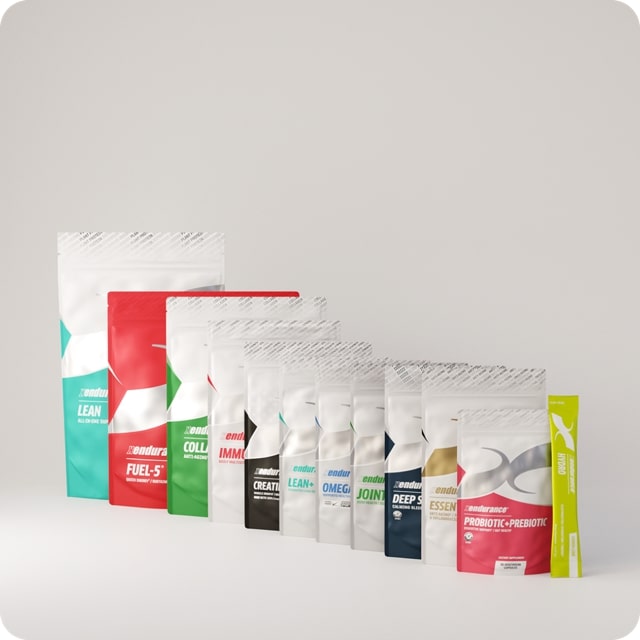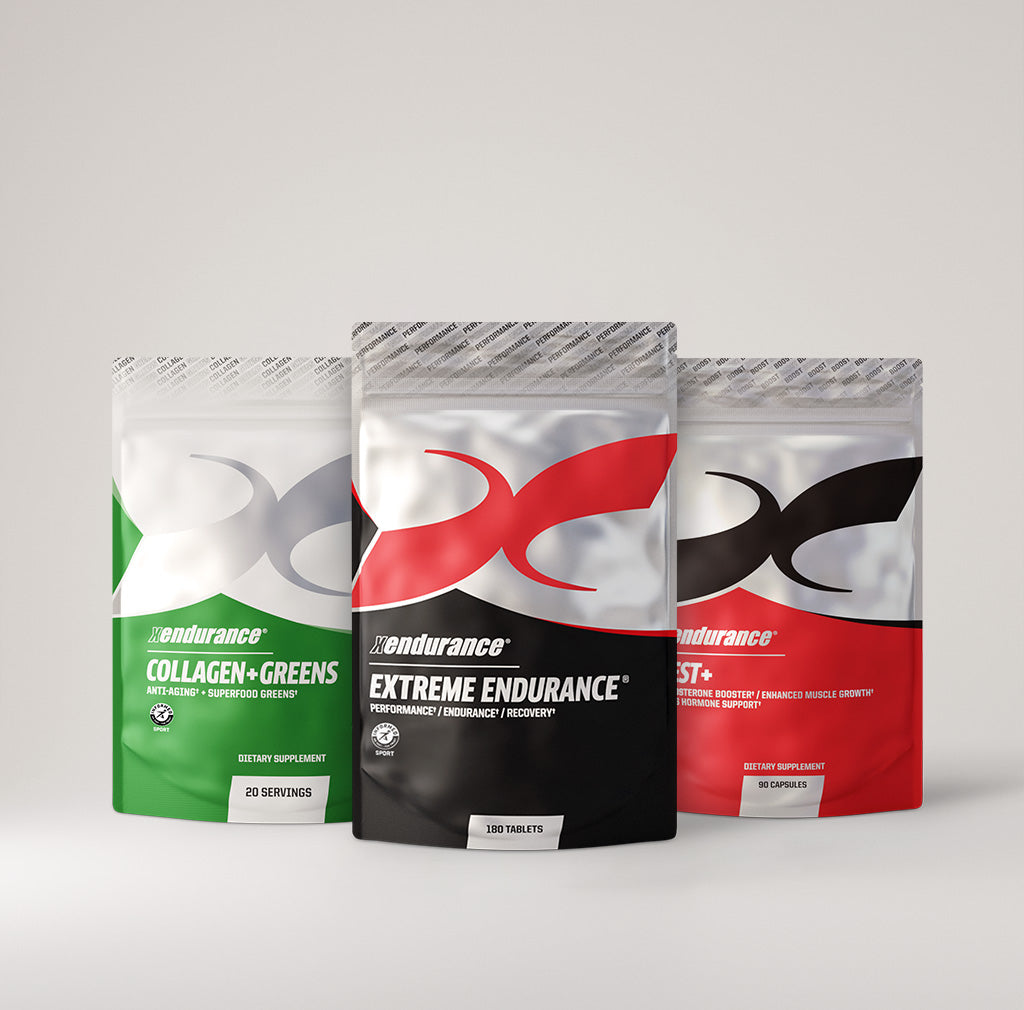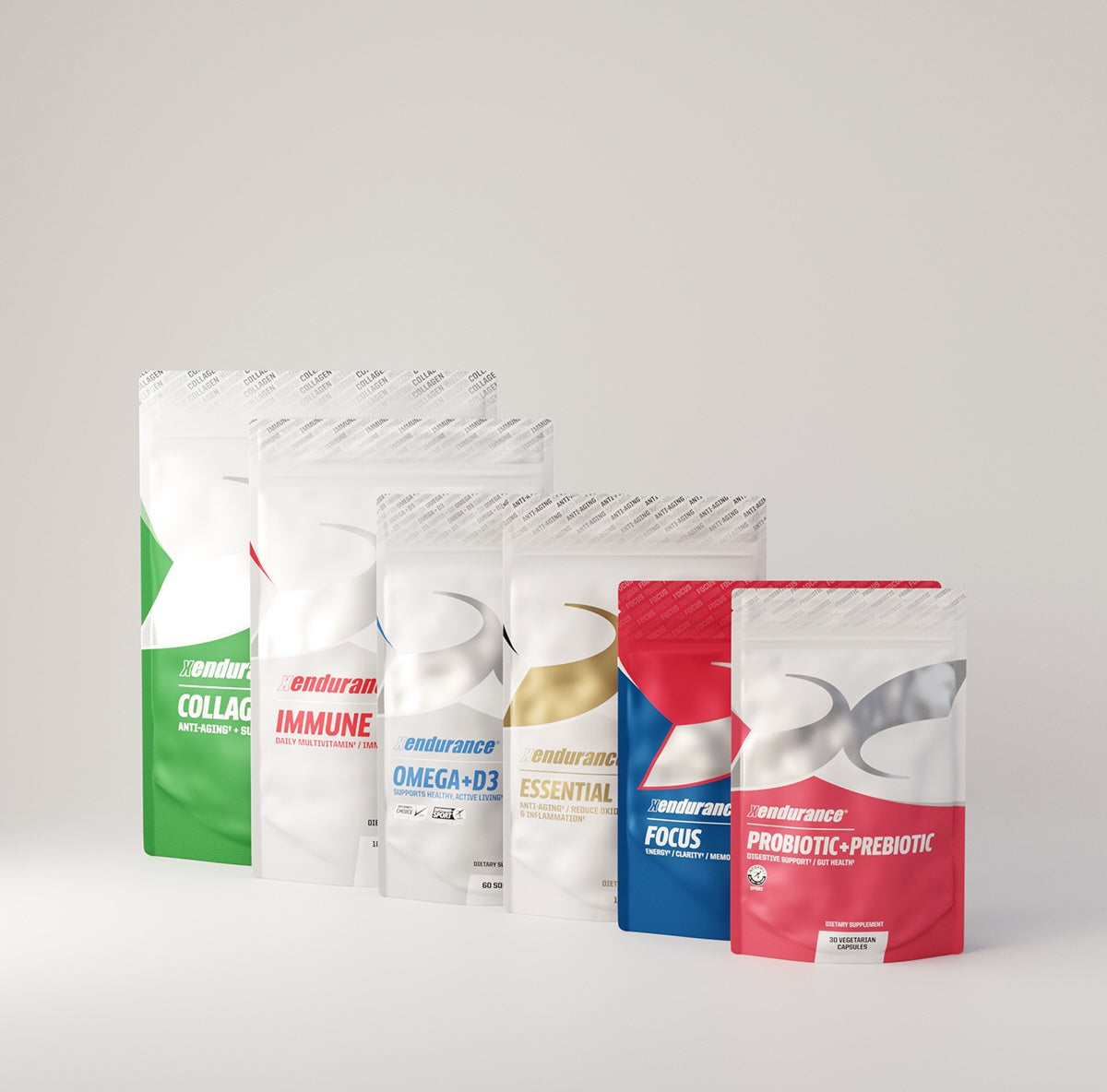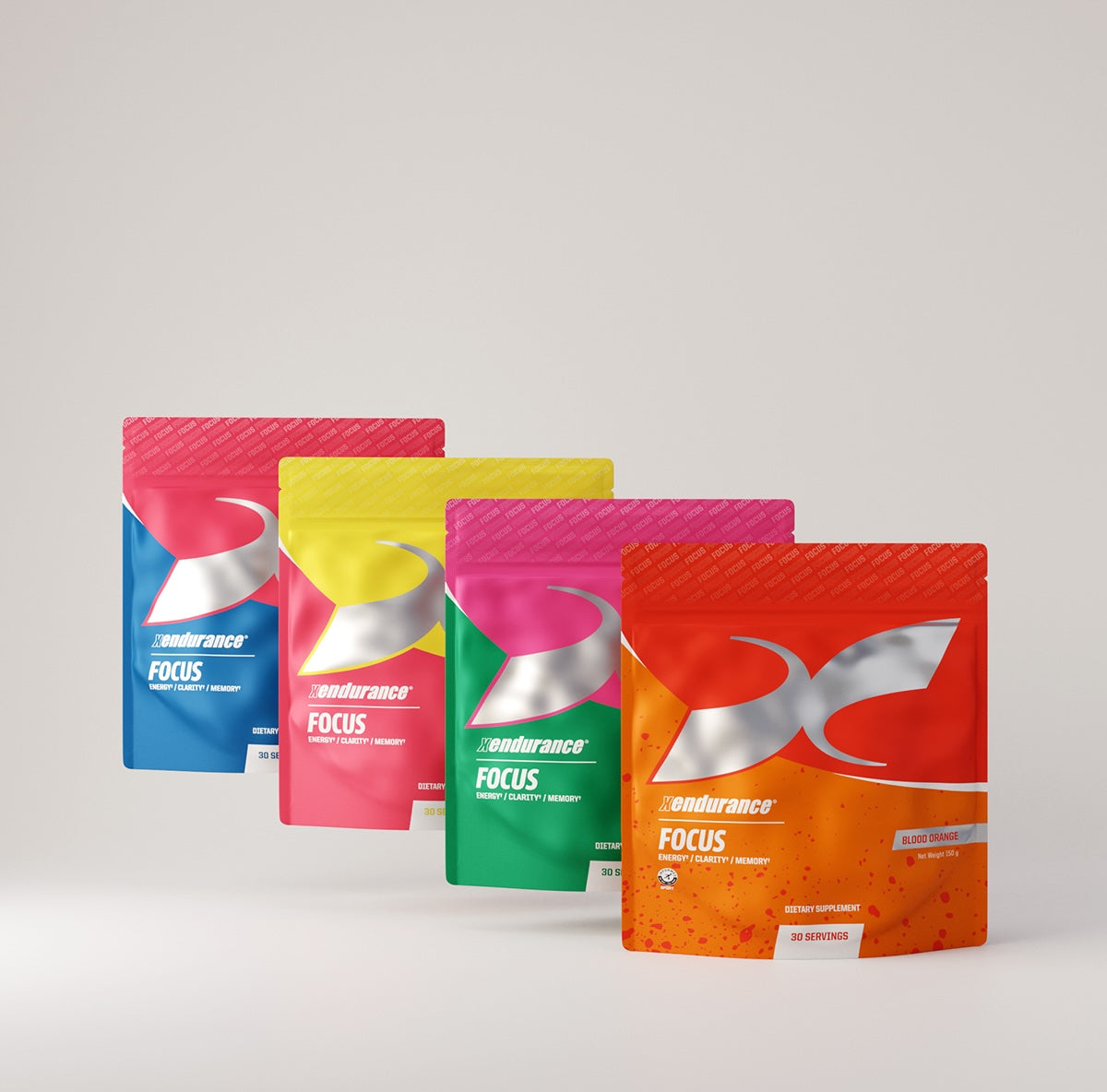Unlike the day-to-day occupational hazards the military war fighters and firefighters face, this unique of training has many cross functional athletes discussing the possible repercussions that come with it, namely Rhabdo.
According to WebMD, Rhabdomyolysis is a serious syndrome due to a direct or indirect muscle injury that results from the death of muscle fibers. The breakdown of muscle tissues results in damaged cells releasing into the bloodstream. Myoglobin, a toxic protein released by these cells, is harmful to the kidneys when released in large quantities and can lead to permanent kidney damage, or even kidney failure that occurs when the kidneys are not able to remove the waste and concentrated urine.
Rhabdo is often diagnosed by measuring an enzyme released into the blood by damaged muscle tissue, creatine kinase (CK). It is not abnormal to see CK levels rise above 100,000 U/I in Rhabdo cases.
With the growth of the cross functional sports communities, how can this condition be prevented?
A scientific study on this dangerous medical condition was recently completed and the results of the study were astonishing.
In 2007, an independent third party conducted a scientific study on a product formulated for the athletic community by Xendurance. The product is an all natural sports supplement called Extreme Endurance.
This study showed after just a 10 day use of Extreme Endurance, athletes reduced their lactic acid by 15% and increased their aerobic threshold by double digits. The athletes also reported less muscle soreness and had quicker recoveries. The results of the study and several other studies, along with the recent media attention with Rhabdo, led Xendurance to a hypotheses. Xendurance believed Extreme Endurance could lower CK levels. To prove these assumptions, in January 2014, a scientist named Jurgen Sessner conducted another test on Extreme Endurance. In this Open label test, changes in CK levels were tested after a 7-day supplementation period on Extreme Endurance. A group of 31 cross functional athletes, both men and women, ranging in age (from 20 to 48) were chosen for the study. Prior to participating, all athletes who were using Extreme Endurance underwent a 2-week washout period. All the athletes were required to perform "Fran" twice over the course of an 8-day period. On the first test day, athletes completed "Fran". "Fran" is one of the best known workouts among cross functional athletes. Fran is a back-to-back exercise of a 21-15-9 repetition scheme of front squats thrusters and pull-ups. Due to the metabolic efficiencies needed to complete "Fran" and the physiological response that it elicits, Xendurance once again chose this epic workout for this CK study. After completing the first "Fran" workout, each athlete received their 7-day trial of Extreme Endurance. They were instructed to take a dosage of 3 tablets in the morning, and 3 in the evening, while keeping their current diet and training schedule unchanged. On day 8, the participants returned to complete the second test. On each testing day, CK levels were tested via blood taken from the index finger and analyzed by a Reflotron Plus System (37°C) immediately pre and post "Fran".
To place Fran in perspective, the increased CK levels associated with Fran could be equivalent to the CK levels a firefighter may experience on the front lines fighting a fire or a Military Warfighter on a 10 mile trek with full equipment. All three events have the ability to increase your CK level.
Results:
Upon analysis of the data, the results showed that after a 7-day supplementation period on Extreme Endurance, a decrease by an average of 16.9% (33.1 U/I) in CK levels pre-workout and a 63.55% (32.6 U/I) decrease in CK levels after completing Fran were recorded. In addition, none of the athletes who participated recorded CK levels that would indicate the onset of Rhabdo. 29 of 31 athletes performed better in the second workout with an average of 8.55% or 32 seconds faster.
A clearly recognizable lowering of beginning CK levels were evident before the second workout. As noted, the results showed a lower entry of 16.9% or 33.1 U/I.
After completing the second workout, the data showed additional reduction of CK levels of 63.55% or 32.6 U/I. And 29 of 31 athletes performed better in the second workout with an average of 8.55% or 32 seconds faster, all 31 athletes reported a quicker recovery and less muscle soreness.
Summary:
By looking at the results from this open label test, it can be concluded that Extreme Endurance is affective in decreasing muscle trauma and decreasing recovery time as indicated by lower CK levels. This means less cell damage, safer training, and a quicker recovery and allows more training load in both short and long term.
Through the use of proper supplementation like Xendurance's EXTREME ENDURANCE, military war fighters, firefighters and cross functional trained athletes can now be able to reduce the chances of acquiring Rhabdo at the same time.
Read the STUDY:






Leave a comment
This site is protected by hCaptcha and the hCaptcha Privacy Policy and Terms of Service apply.